Muireann Ní Arraghtáin, primary principal, Glanmire, Co Cork
“It’s very early days so it’s hard to tell. If it makes a child’s life easier, they’ll be very quick to use it. Overall, technology in education is a fantastic thing. We have a bank of laptops, one for each child, and we timetable it into our day. Once it’s structured and part of planning, and there’s a reason they are doing it, it’s absolutely fantastic. If they have an area of interest, they can go online to research, plan, work collaboratively and do Powerpoint presentations.
“As for giving students phones, I think no child in primary school should have a phone. Snapchat and social media is all fine until it’s not. Problems that happen outside school come into school – but we are expected to deal with it. That can be challenging.”
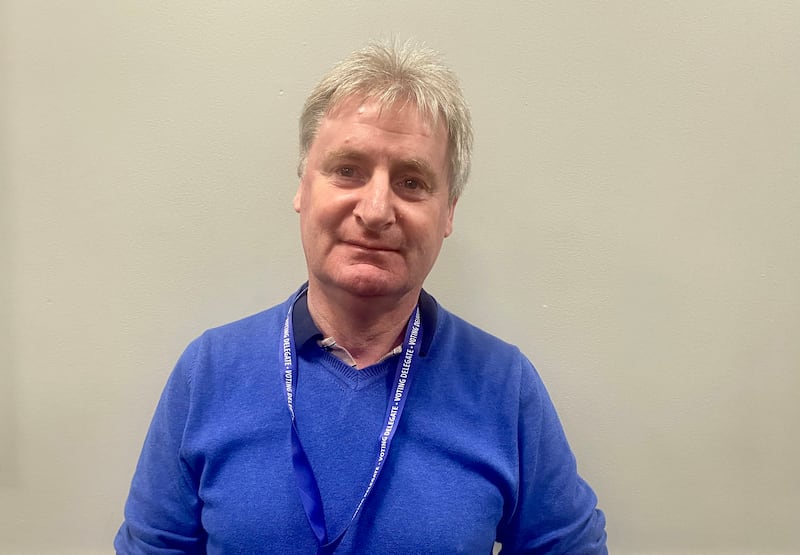
Paul Kealey, secondary teacher
READ MORE
“I teach in a post-primary school in Derry. I don’t see AI as a threat. As school leaders, we have to embrace technology. I’m aware of the issues it may cause with controlled assessment and coursework. The school computer system we use in the North will allow us to control it with schools. AI may give students a new way to access information. It may help us as well in terms of delivery in the classroom. As for issues like plagiarism, I think there are ways to detect that. We know our students – if a piece of work arrives on your desk that is so far ahead of what they have delivered in the past, we should be able to see that. We shouldn’t worry about AI – I think we should embrace it.

Dearbhla Cussen, English teacher, Carlow
“There are a variety of apps that allow you to manage essay writing and they can come out with a decent version if you put in the criteria needed. The process of writing doesn’t just happen: there are edits, revisions and cross-checking of sources. If a student is writing a personal or comparative essay, they should be editing, drafting, crafting, planning and preparing, with teachers overseeing the craft of an essay. The teacher knows what the student knows, and AI does not. AI also lacks any heart and I would be frightened of any AI that had heart.”

Eóin Ó hAodha, technology teacher, Enniscorthy
“From the time of Mary Shelley’s Frankenstein, we have been concerned that we could be overthrown by robots. Technology is today’s dominant sector, and ChatGPT is the latest technological tool, but the fundamentals of learning remain the same. We need to focus on the fundamentals and not be distracted by the latest phenomenon. As a teacher, if you ask someone to handwrite an essay where there is no computer – only a brain, a pen and a hand, a person using ChatGPT will soon be caught out.”
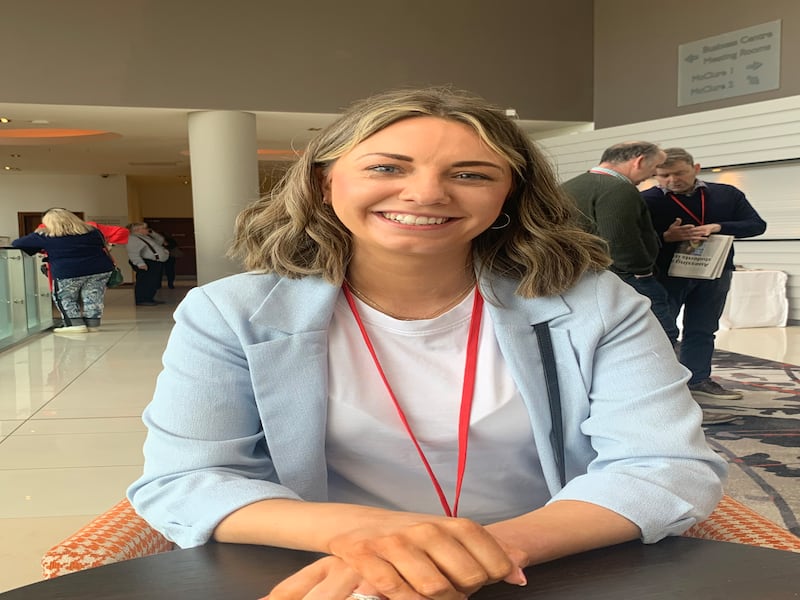
Katie Delany, French teacher, Dublin south
“I’m a French teacher, so Google Translate has been an issue for some time. But I tell my students that it is not really directly translating and that it clearly sounds like a computer did the work. It’s not hard to spot it: a student may use a tense that has not yet been covered, so they know they’re caught out. I explain that it’s important for them to make mistakes, as that is how they learn, and that they have to develop their own voice, style and creativity.
“Ultimately, however, it is an inevitability, so teachers should get ahead of it and think about how we teach our students to use it appropriately, in a way that helps them learn about bias and how to write and think for themselves.”
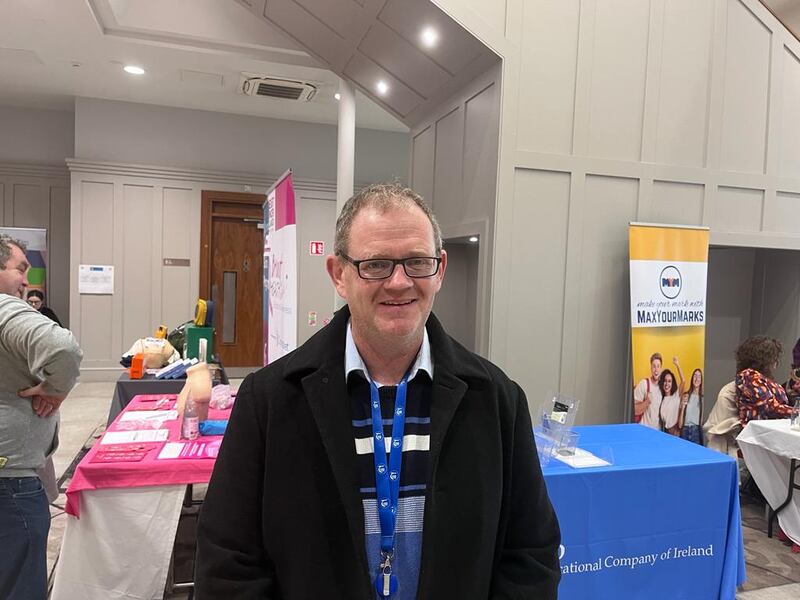
Michael Carr, TUD
“Technology is a huge teaching aid and over the course of Covid teaching changed a lot with more online assignments and presentations. But with ChatGPT and the like, it’s going to be interesting now whether we end up in a situation where we have to move backwards to pen and paper exams.
“There’s always been a place for technology but ChatGPT is likely to be a big challenge in terms of assignments, giving people stuff to go home with and bring back in. That’s going to be a big challenge for us and I don’t really know how we’re going handle it. The first thing for us, though, will be getting to understand the technology involved. If you think of the average calculator the student has, they’re really, really powerful. But if the student can’t do a calculation by hand, at least once, then they’ll have no idea what the output is.”
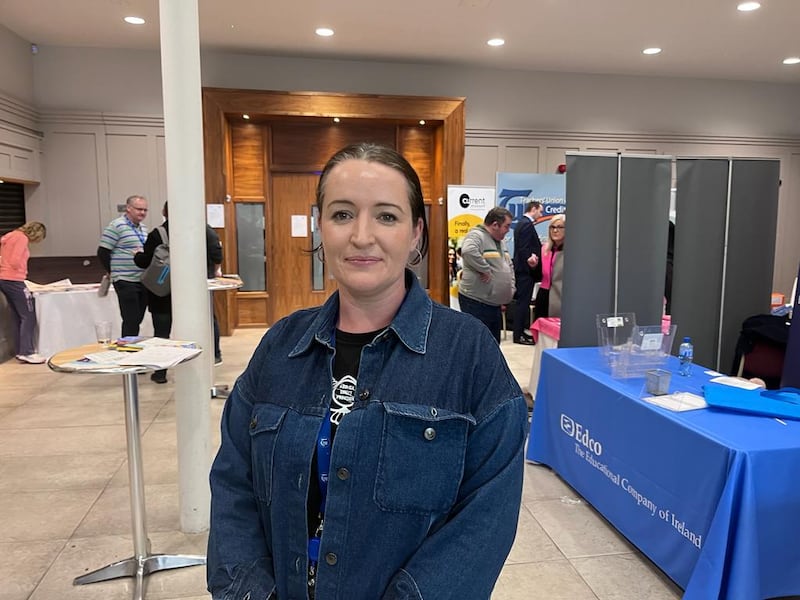
Kate Mooney, City of Dublin ETB
“There are a lot of benefits to us, you can do so much more that students can access. I use a lot of little videos and get them to watch this or watch that and it’s good to be able to put notes up on Moodle. Although you can disincentivise students from turning up and so you’re trying to impress upon them that the notes are the bare minimum. There’s also what the teachers provide and explain in the class and you’re not going to get that by just looking at the notes.
[ Only quarter of computer science teachers at Leaving Cert level accreditedOpens in new window ]
“There’s also the issue of access to equipment though. We run a laptop loan scheme in college because we were asking students to look at stuff on videos or Moodle and finding they were having to try to do it on their phone and running out of data. So if you want to use this, the equipment has to be provided to students and to teachers.”
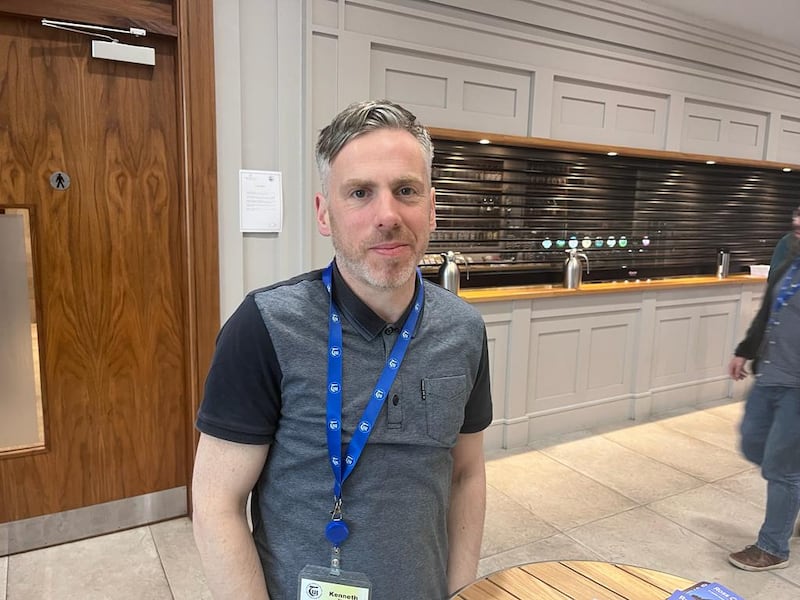
Kenneth Sloane, Dundalk Institute of Technology
“Technology has been integrated into the way in which teachers and lecturers go about their business, and now it’s a central element of how we interact with our students. It’s really a very much transformed world since what I would have started maybe 20 years ago, when it was very much about face to face.
“But what you have now is something of an arms race between the information technology that can produce seemingly authentic written work automatically and detection software that’s now going to have to evaluate whether a piece of written work was made by an algorithm or a human being. It might all mean changing to more in-class presentations or other innovations to make sure that, ultimately, our students are thinking and reflecting because that’s the way they’re building their knowledge.”
[ Ten ways ChatGPT-4 is impressive if still flawedOpens in new window ]
ChatGPT
“Technology, including GPT, can be both an aid and a threat to education depending on how it is used. On one hand, technology has made education more accessible, engaging and efficient. GPT can be used to generate informative and engaging content, allowing students to learn more effectively. Technology has also made education more accessible to people who may not have had access to traditional educational resources.
“On the other hand, technology can be a distraction and lead to a lack of critical thinking skills. Students may become too reliant on technology for information and may not develop the necessary skills to analyse and evaluate information on their own. Additionally, technology can contribute to social isolation and a lack of personal interaction with teachers and peers.
“Therefore, it is essential to use technology, including GPT, in a way that enhances and supports education without replacing essential aspects of traditional learning.”

















